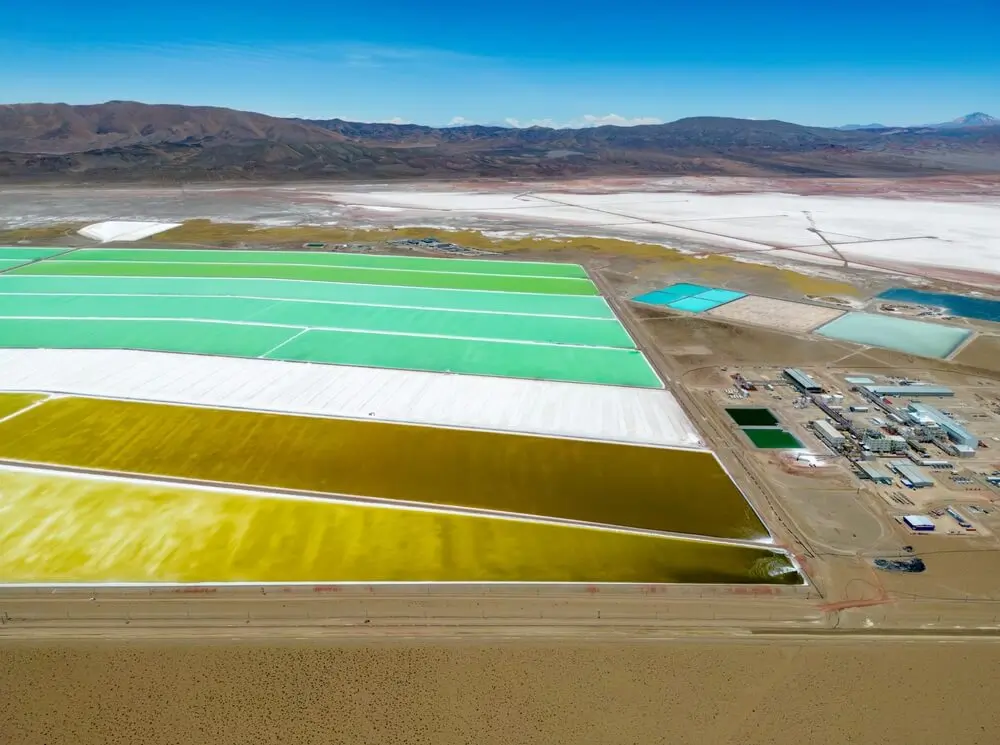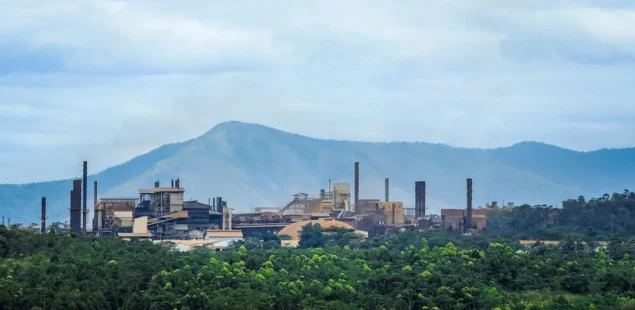
China’s Ministry of Natural Resources announced a substantial increase in the country’s measured and indicated lithium reserves, now accounting for 16.5% of global resources, up from 6%. This surge positions China as the world’s second-largest holder of lithium reserves, trailing only Chile.
The significant rise stems from extensive discoveries along the 2,800-kilometer West Kunlun-Songpan-Ganzi lithium belt in western China. This lithium belt alone boasts over 6.5 million tons of proven reserves, with resource potential exceeding 30 million tons, diversifying China’s lithium ore varieties.
Technological advancements in lithium extraction from salt lakes and lithium mica have further bolstered China’s reserves. Newly identified salt lake lithium resources now exceed 14 million tons, primarily in the Qinghai-Tibet Plateau. Extraction from salt lake brine is cost-effective and environmentally friendly, contributing to China becoming the world’s third-largest hub for salt lake lithium resources, after South America’s lithium triangle and the U.S. western region.
China has also resolved key challenges in extracting lithium from mica, improving efficiency and economic feasibility. This progress has added an additional 10 million tons of proven lithium resources.
Experts highlight that these technological breakthroughs have alleviated China’s lithium supply constraints and contributed to stabilizing the global lithium market. Lin Boqiang, director of the China Center for Energy Economics Research at Xiamen University, noted that China’s integrated industrial chain enables the production of high-quality lithium batteries at lower costs, enhancing global competitiveness.
Official data show that from January to October 2024, China’s lithium-ion battery production grew 16% year-on-year, reaching 890 gigawatt-hours. Energy storage lithium-ion battery production exceeded 200 gigawatt-hours, and battery installations for new energy vehicles totaled around 405 gigawatt-hours.



